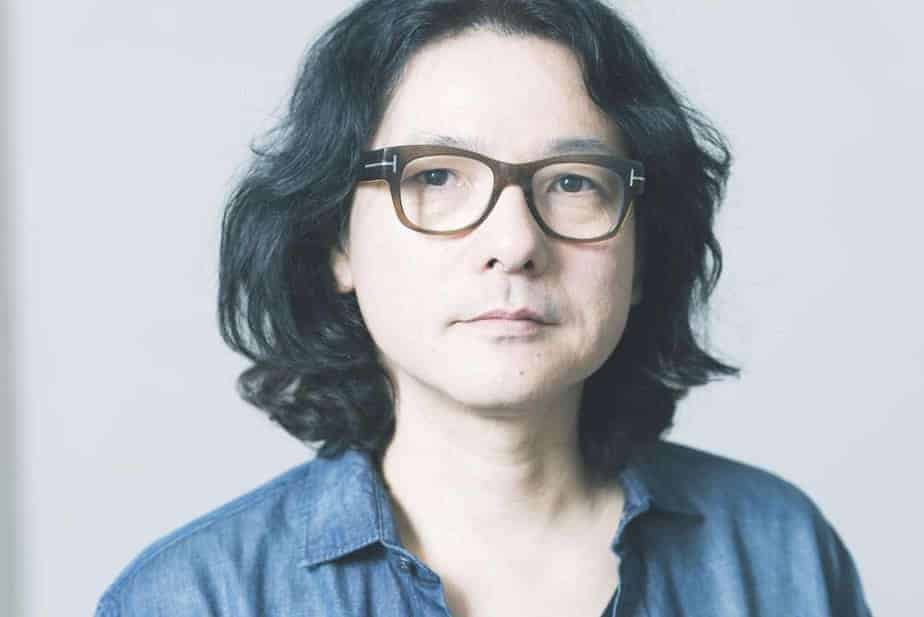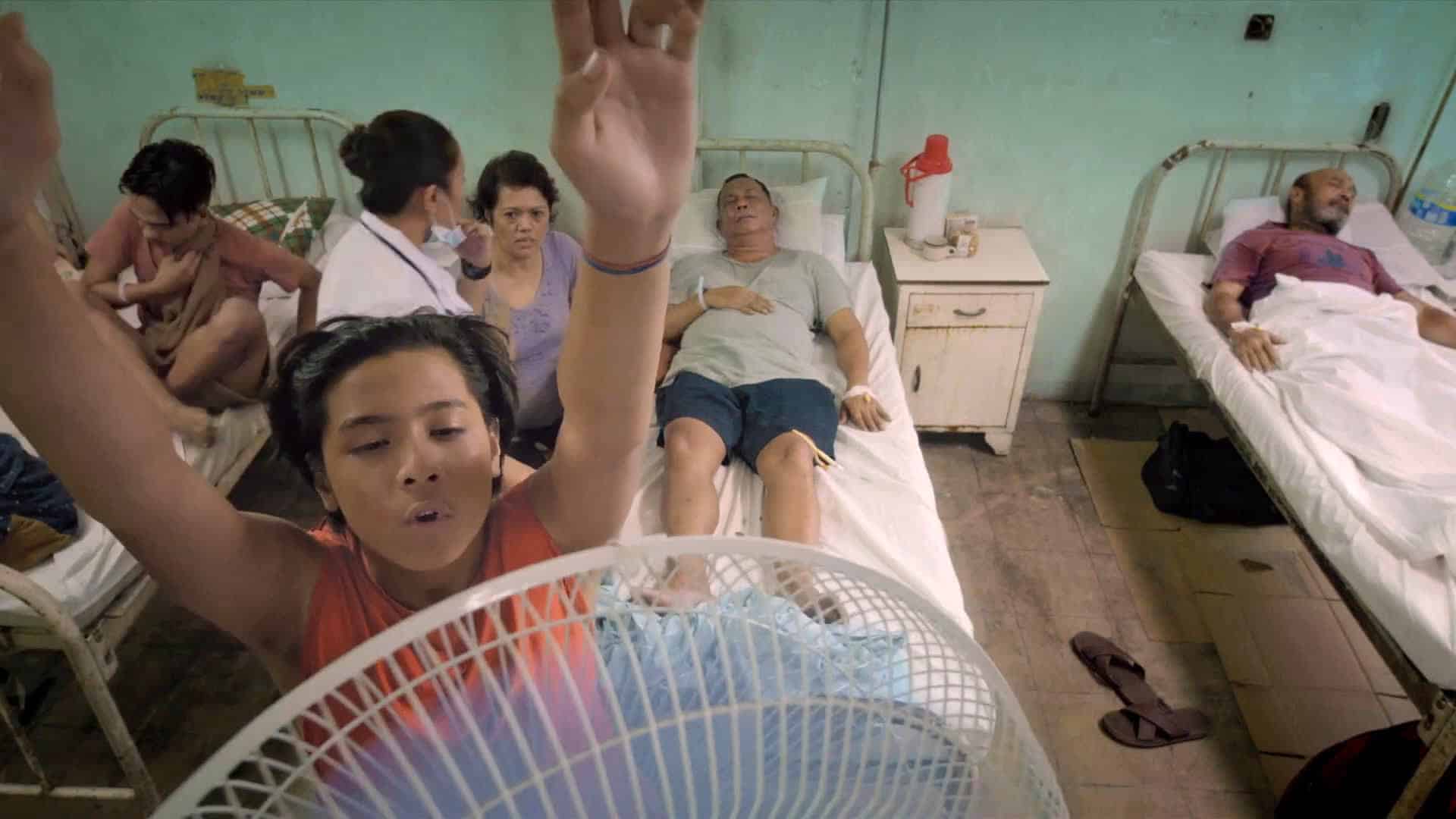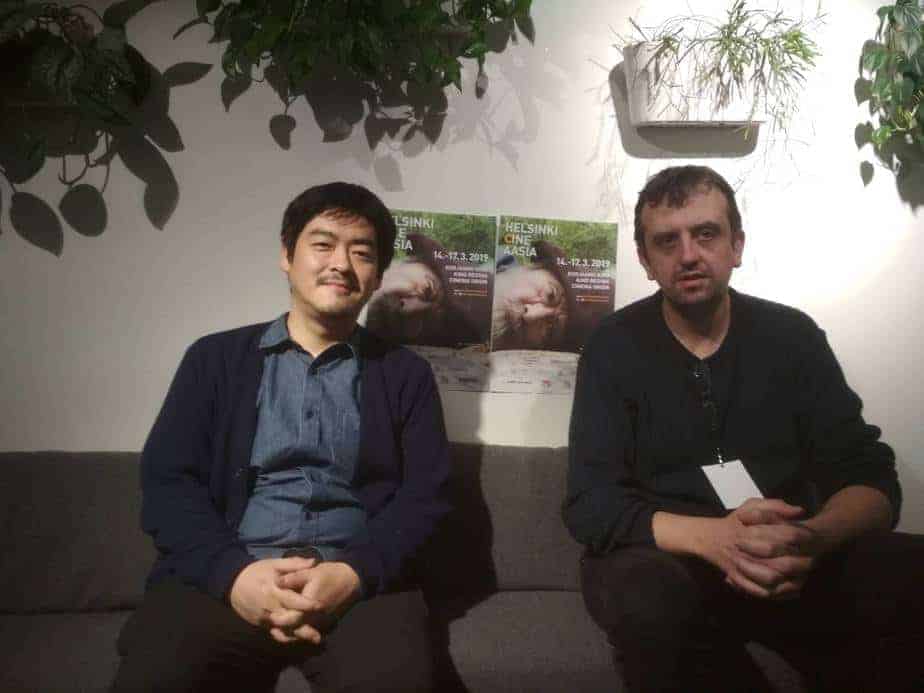One of the most popular and influential Japanese directors of his generation, the multi-talented Shunji Iwai is commonly recognized for his distinctive and innovative visual style. Although describing himself as an “eizo sakka” (visual artist), characters and plot themes are often excellently developed in his films, all of which he has personally scripted. Iwai has also edited several of his films, and has even scored the music for more recent efforts. Often using women protagonists, Iwai has garnered fine performances from Japanese Pop singers in key roles, most notably Miho Nakayama in Love Letter (1995) and Chara in Picnic (1996), Swallowtail Butterfly (1996) and Cocco, in A Bride For Rip Van Winkle. A trend-setter, he has created a style that resonates with Japanese pop culture, striking a chord with contemporary Japanese youth, especially young women.
We speak with him about his career, his latest film, “A Bride for Rip Van Winkle”, Japanese society and other topics.
Apart from a director, you are also a video artist, a screenwriter, a producer and a composer. Which one do you prefer?
Screenwriting is the most time consuming, but creating the story is the most important part for me.
Your films have garnered both critical and commercial acclaim. Has this success helped you in your latest films?
When it comes to making a new film, I am just a challenger, nothing done previously helps me out.
Your filmmaking style has been described as unique by many critics and the audience. If you were to describe it, what would you say about it?
One of my philosophies is that I make my films not for the audience as a whole, but for each one individual in it. Even though a lot of people are in the theater, each person actually watches the film alone. Movies, for me, provide a very intimate communication between each individual and myself.
Why did you choose to use Washington Irving's short story in the title of “A Bride for rip Van Winkle” and how is that character connected to the one in your film?
It was kind of a random choice. To tell the truth, it is the name of a boutique I pass by when I go to work. However, eventually the name gave me a lot of ideas and inspirations.
What inspired you to shoot “A Bride for rip Van Winkle”? At times, I felt that the movie shares some similarities with Sion Sono's “Guilty of Romance”. Was that film among your inspirations?
I haven't seen the film. But it's easy to find these contemporary themes in Japan. A lot of novelists and comic artists deal with these themes. So I don't think my film's theme is so unique, and as with these creators, it was quite hard to figure out how to portray it.
The film deals with a number of social issues (The lack of actual communication among people and the “solution” provided by the social media, the fact that money seems to buy everything, from guests at a wedding to actual friends, the relationships of parents and children, and the concept of marriage), all of which are presented rather harshly. How close to reality is the way you portrayed them in the film? In general, do you think that the Japanese society is suffering at the moment, particularly due to the lack of communication among people?
In the urban city, people don't talk to each other and this was the world before the social media era. I felt that social media seemed like something that rescued our voices, which were hidden inside us and longed to come out.
What I want to say is that our world is distorted by social media now, but it was already distorted, even before they showed up.

The society you portray in the film is filled with sadness, with very few moments of happiness. Is that your opinion about Japanese people?
The heroine, just like the Japanese, seems like she is falling down and she does not do anything to resist it. That means she just keeps falling down. But from an opposite point of view, she might seem as if she is flying up.
The film is realistic in its base, but you also included some elements of surrealism. Why did you choose this approach?
I sometimes love my nightmares more than real world. When I'm on my set, or I'm editing, I sometimes ask myself how much this scene looks, not real, but like my nightmares.
Is there a symbolism behind the keeping of all these poisonous creatures in Rip Van Winkle's house?
I didn't think too much about it, and the idea came out spontaneously. On the other hand, when Rip Van Winkle drinks, the world changes a bit. But I can say this. Thanks to Amazon and Fedex, you can get whatever you want. Even tools that can kill you.
Can you tell us a bit about the protagonists? Why did you choose them, and what was the casting process like?
Go Ayano is the one of the actor I always want to go with. Cocco is a unique singer in Japan, like Bjork. I saw her first theatrical performance by chance and thought “Oh, she is my Mashiro!!”

Chigi Cambe's cinematography is impressive. Can you tell us a bit about your collaboration on the film?
My exDP passed away and Chigi was the one of his assistant. I've been thinking he was the best of those assistants. He is very creative and supportive.
How was the shooting of the film like? Any memorable episodes, good or bad?
A very big drone got out of control and came towards me. The operator had no alternative but to let it fly up to the sky. It hit against a tree and fell down on the stone ground. Next time I will have a long stick with me. I will protect myself with it.
What is your opinion of the Japanese movie industry at the moment?
Independent film scene is very hot now. For Apple and Adobe's sake.
Which are your favorite filmmakers/movies?
Everyone! All of their efforts are devoted to keep making films. I'm very proud for being one of them.
Can you tell us a bit about your future projects?
I'm working on a collaboration project involving Asian and American producers, that's all I can say now.
















